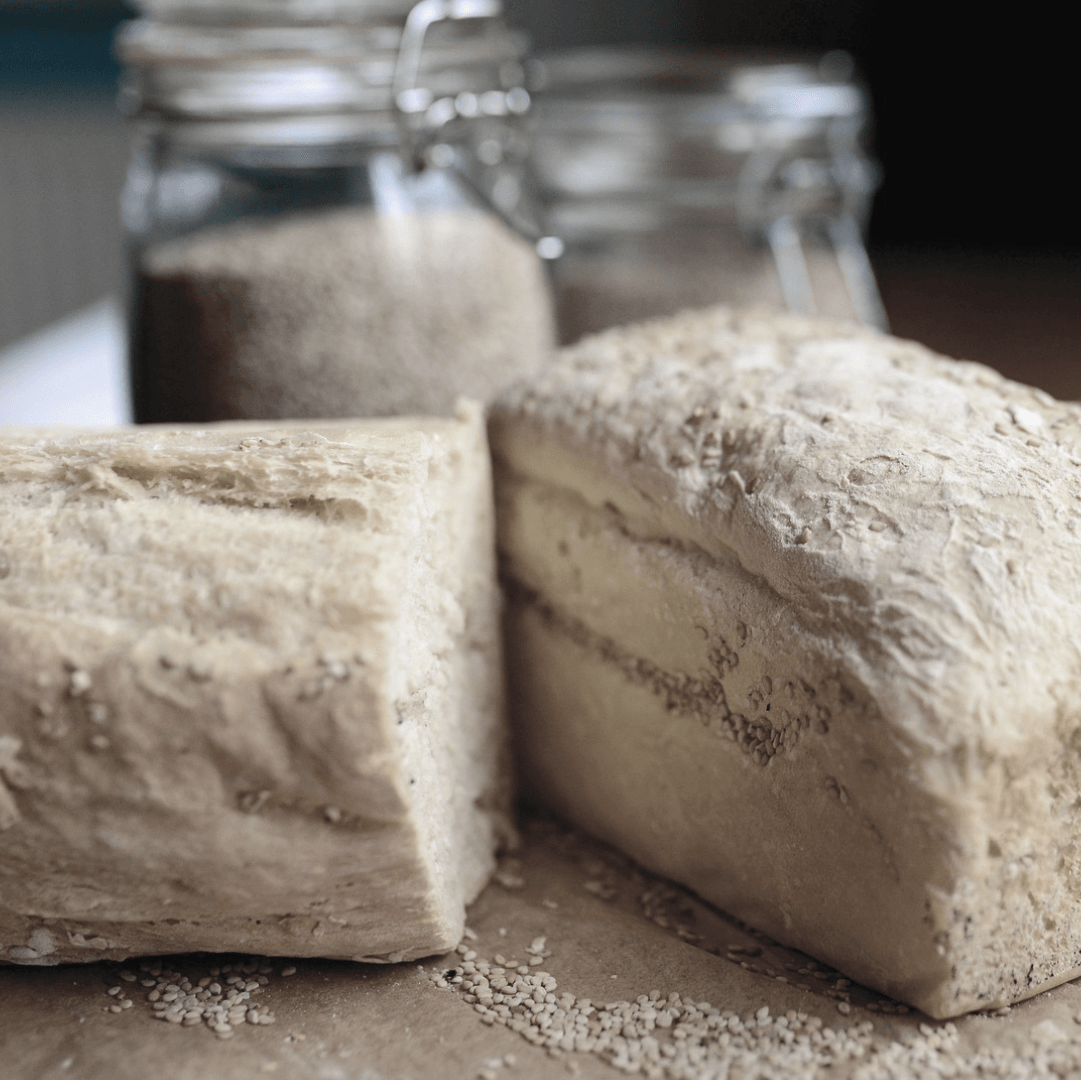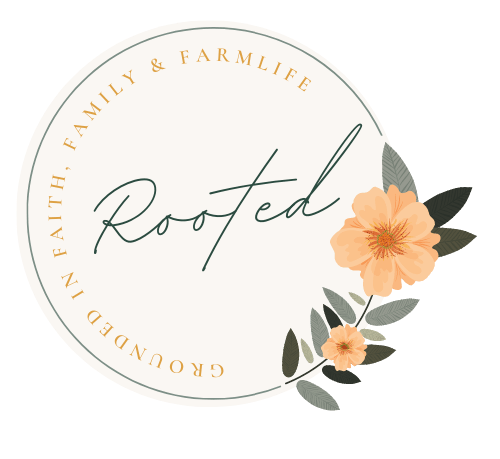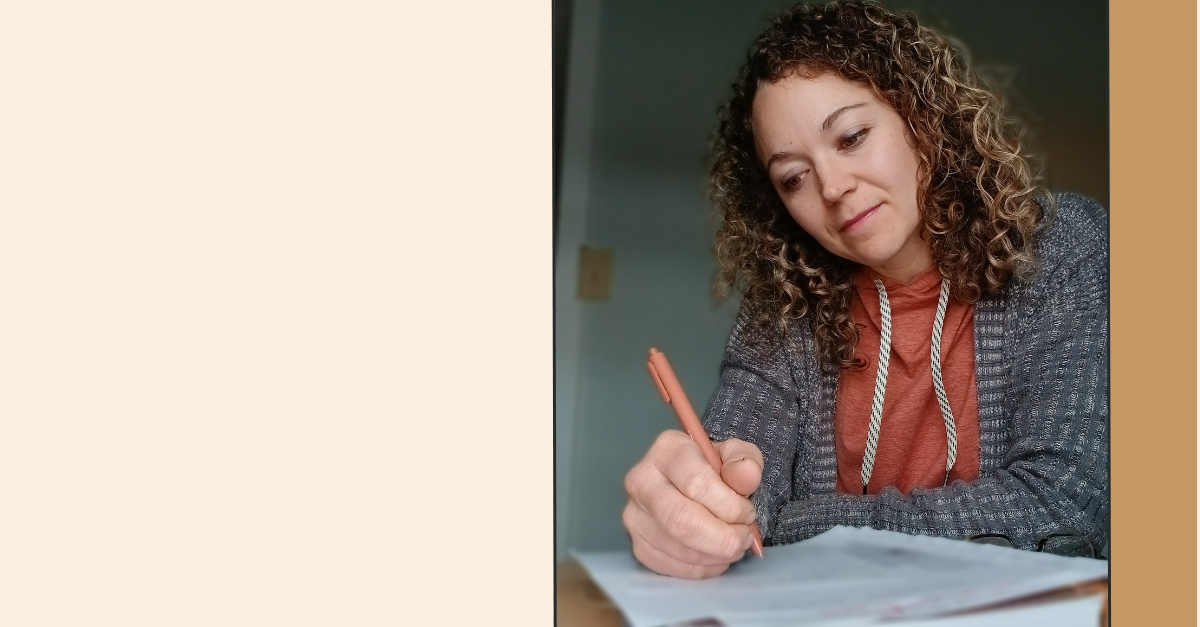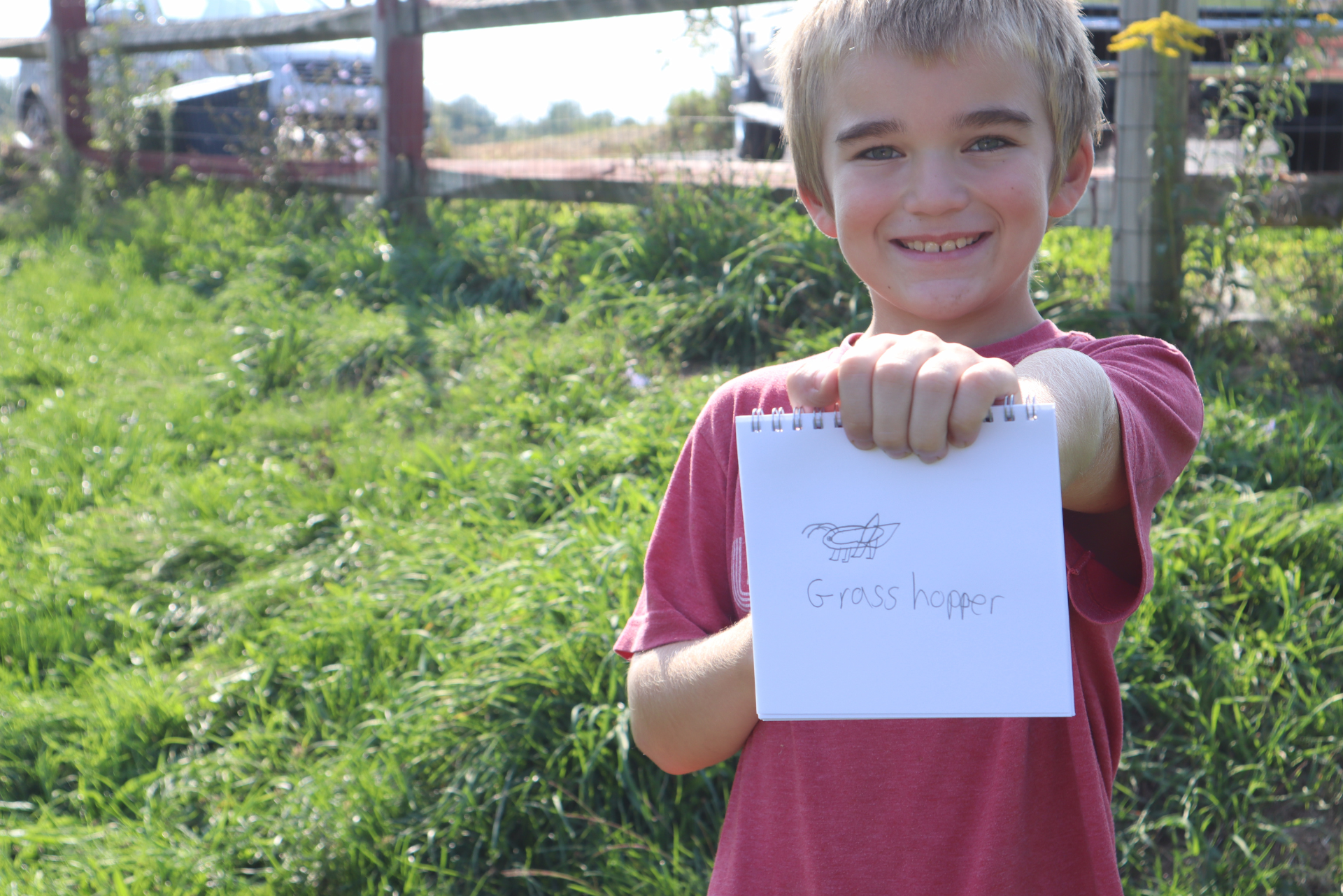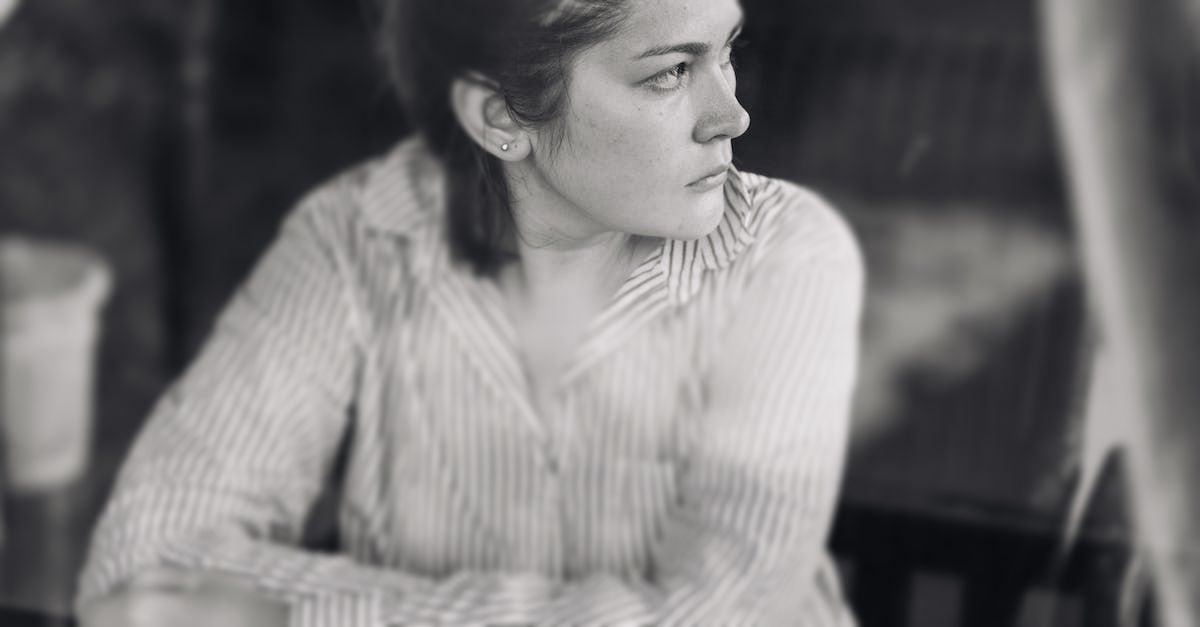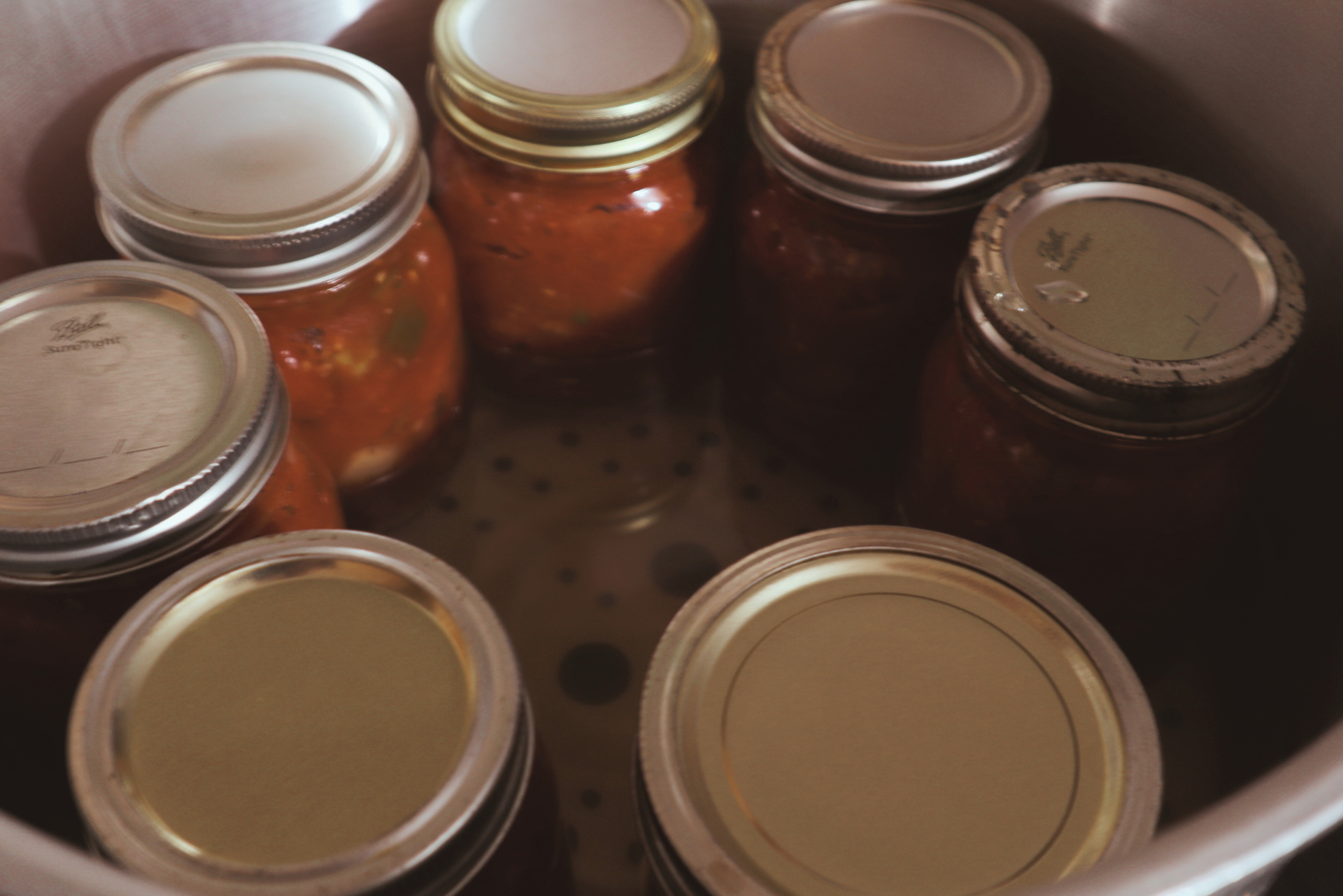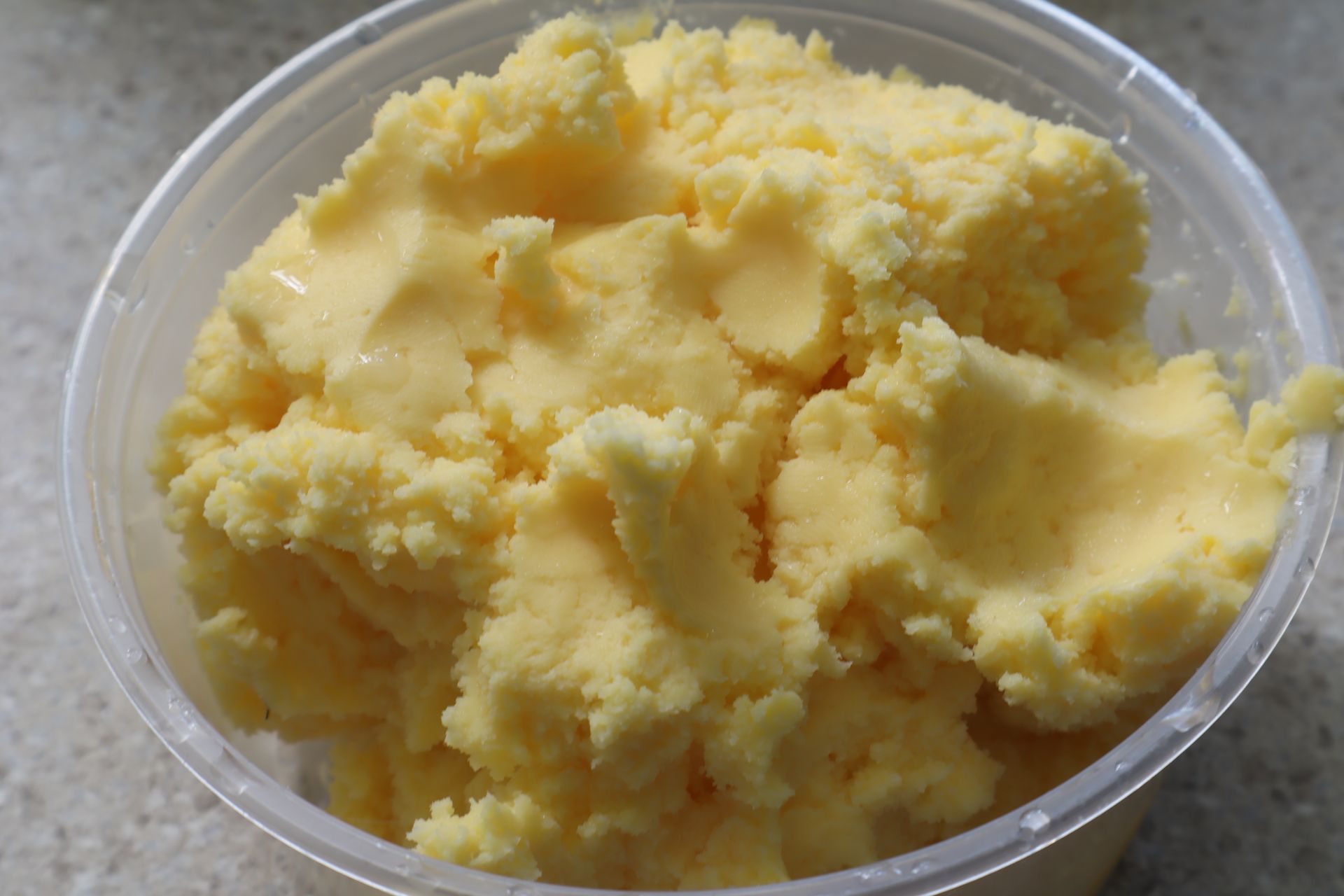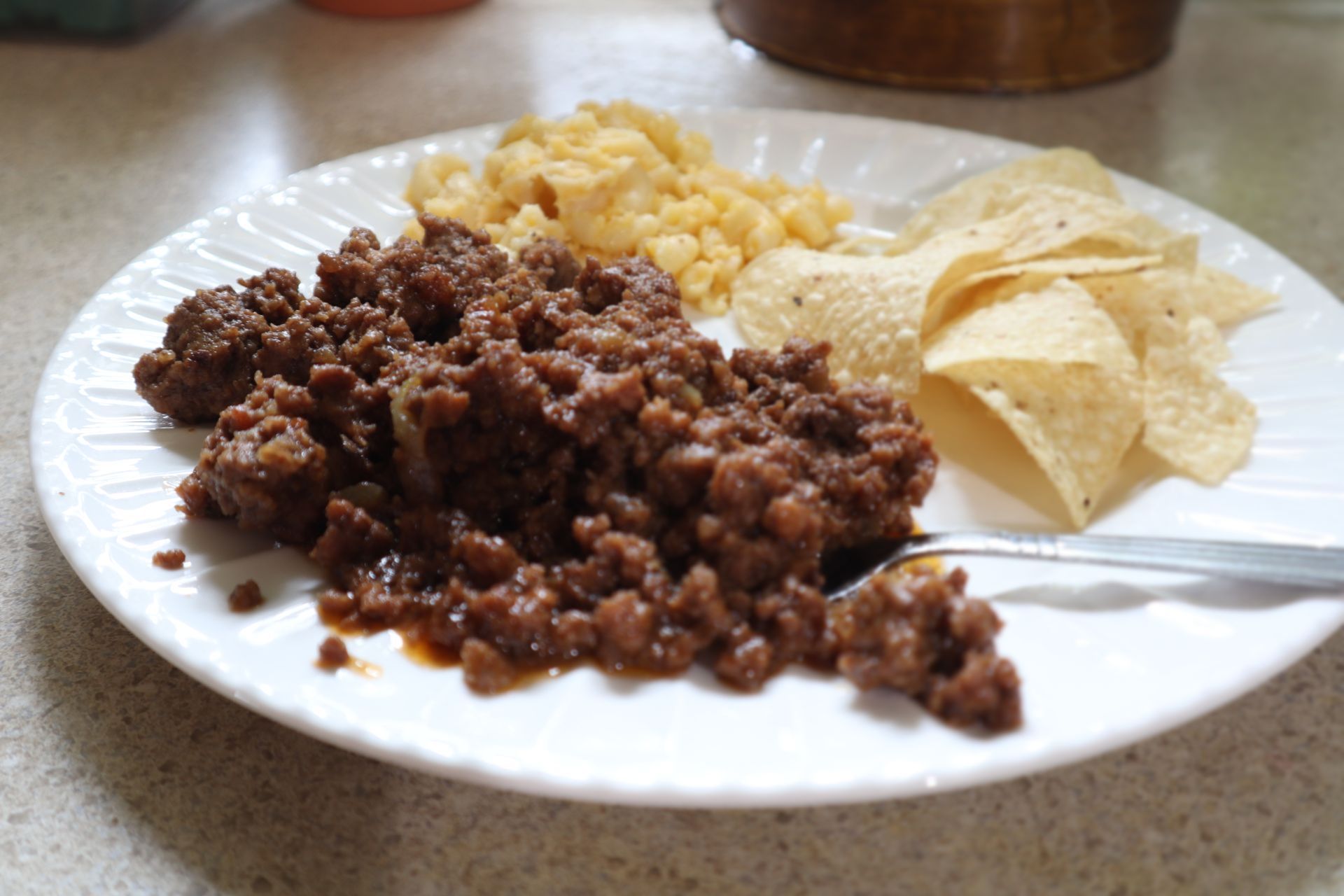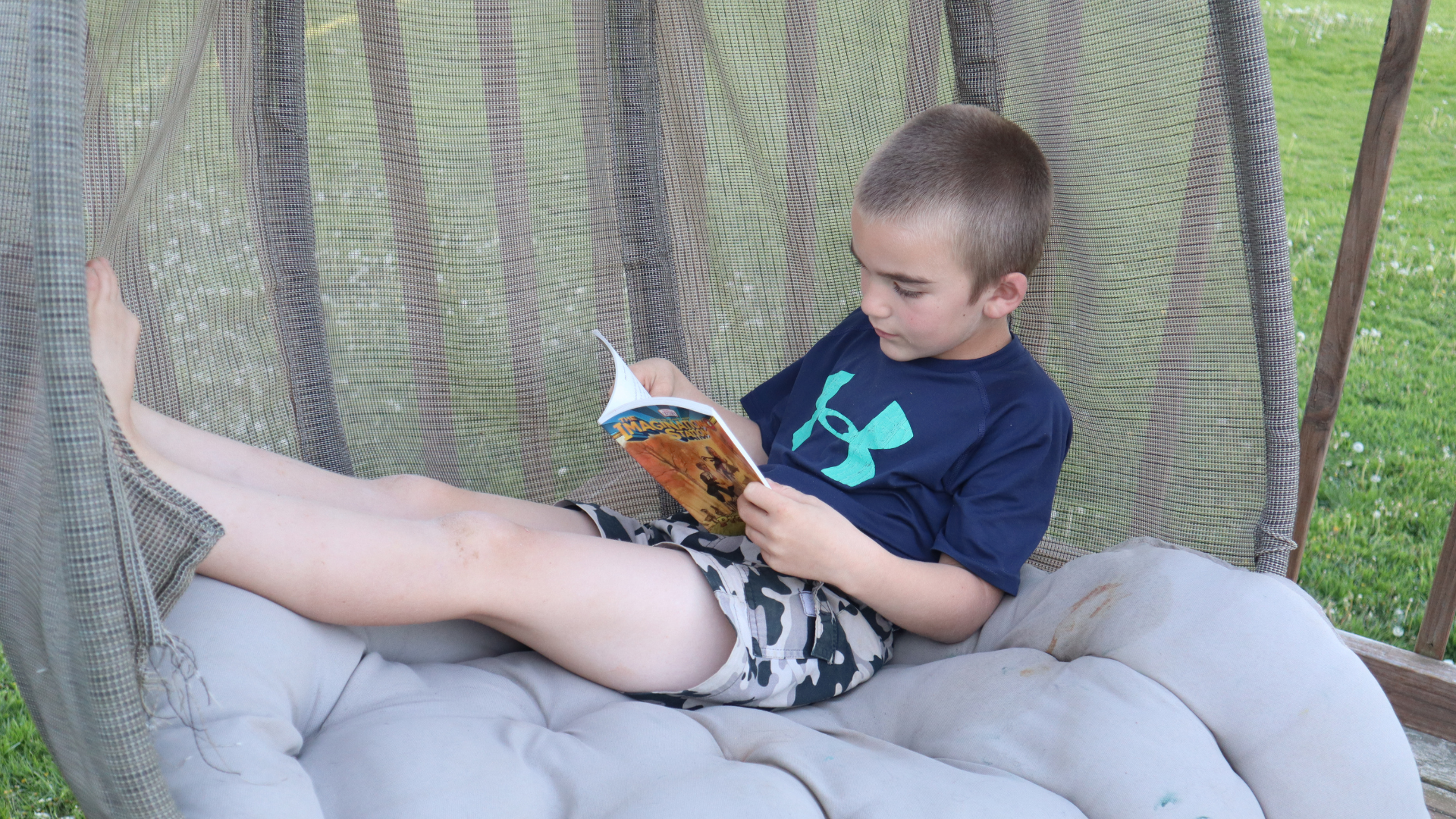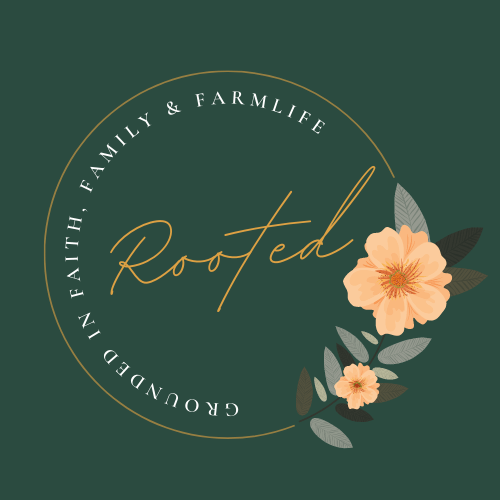Growing Simple Foods at Home - Successful Tips from a Not-So-Green-Thumb
How can I grow my own food without a garden?
This time of year, I get that fever... the garden fever! It always happens when the coldest days hit, and I am trying to think of warmer days to come. Doing small growing projects during those cold months keeps that fever at bay. We just started the lettuce pictured below from a head we bought at the local grocery store! You can see the new leaf growth on top of the plant after only 3 days.
There is such a misconception about growing your own food. The idea that you need a large outdoor garden scares off many folks that could be growing their own produce right in their kitchen windows! Here are a few tips and tricks I have discovered when it comes to growing things indoors and in containers!
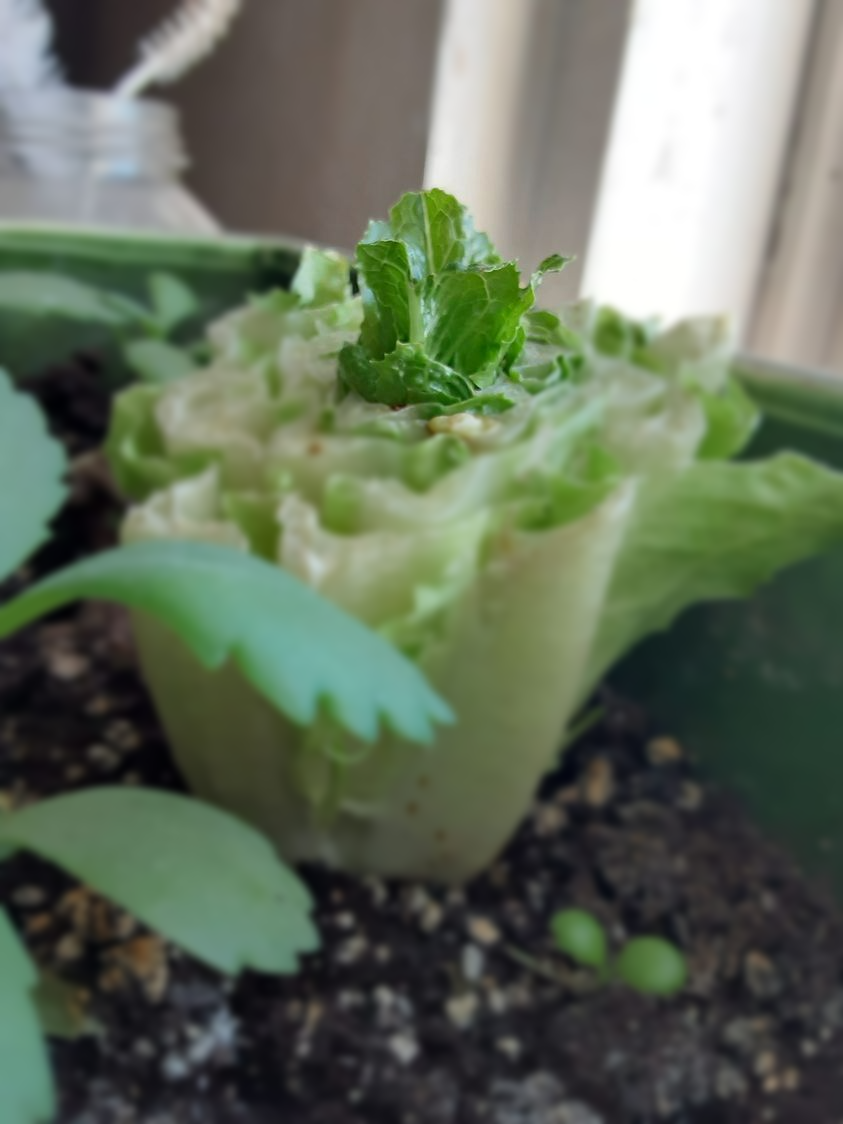
What should I plant?
Pick foods that you eat on a regular basis. Some are definitely easier than others! Lettuce, garlic, herbs, tomatoes, cucumbers, peppers, even potatoes are all pretty fool proof! You can opt to start seeds or in some cases you can use your unused produce from the store. Lettuce for example, if you leave about 1" remaining from the bottom of the plant, eat the rest, then take that bottom section and stick it in some moist soil. Within a few days you will start to see new leaf growth! Potatoes is another easy one. If you have one that starts to sprout in your fridge, you can plant it whole or cut it up (make sure there are eyes in each of the chunks) and new potatoes can grow!
What supplies will I need?
There is nothing wrong with starting small. All you really need are a few pots, some good potting soil, and what you want to grow! If you have the space for a larger vertical unit that's another great option! Below are a few options of supplies. Please know that are affiliate links, which means that I may get some commission off any purchases. But please understand that I only suggest products that I myself would use and love, and I hope that you love them too!
#1 Containers - You will need to consider your space as well as what you already have! There is no point in buying containers if you have things that you can make work. If you have windowsills available, these white rectangular planters are a great design. They even have a small water reserve window so you can make sure that there is enough water in the basin for your plants. Another option is to have an array of container sizes. This makes sense if you are growing herbs compared to tomatoes. Make sure they have some type of water catching tray on the bottom or you will end up with water all over your counters. These containers can easily be moved outside on a deck or patio when the weather gets nice. A third option is to go vertical! These stackable planters are great if you live in a tight space. You can also get grow lights if that is an area of concern. Again, use what you have though. If you have mason jars or 5-gallon buckets, use them! They may not look as pretty, but they get the job done!
#2 Soil - For the most part a basic potting soil will work just fine. As your plants grow if you notice any change in the leaf colors, you may need to do some research to see if you need to add a fertilizer to your care regimen. If you are starting seeds you may want to go with a specialized soil mix. These are better for moisture retention, but you don't have to. The same goes for choosing an organic version over a conventional. Either will get the job done, it's your personal preference. We try to grow our food with the least amount of chemicals that we can, but we are not fully organic. I do think that it is important to know what goes into and onto your food.
#3 Seeds and Starters - There are many seed companies out there. I have bought from Burpee, Walmart, our local hardware store... and to be honest they all seem to do about the same germination wise. This year I decided to try to Country Creek LLC. So, we shall see what their germination rate is. We also saved plenty of our green-bean seeds from last year's plants, so I am excited to see how they do! If you are going to use items from your grocery store, I haven't found that it matters what variety or type it is. So, before you toss out that tomato that sat too long or the end of the lettuce that no one eats, plant it!
No matter what you grow or how you grow it, the importance is that you are supplying for yourself! You may not be able to replace all the food that you eat in your windowsills, but it is a good start.
